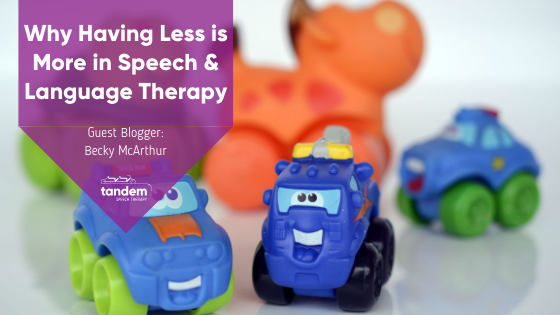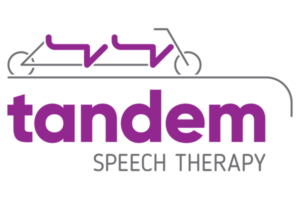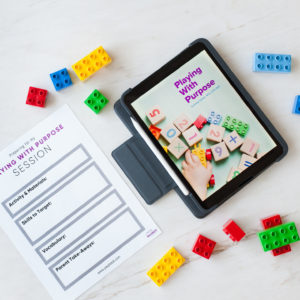
Early on in my career, I spent my fair share of therapy sessions trying to chase after a young child with a million different toys, grabbing anything I thought might pique their interest. Often times, these sessions were not overly productive and I spent an extra 10 minutes cleaning up all of my toys at the end of it (I can almost hear parents saying “this is my house every day!”). I had heard about something called ‘toy rotation’ and thought I would give it a try. It was a game changer!
What is a toy rotation?
Toy rotation is having a few toys available to a child at a given time, rather than access to all of their toys. After a set amount of time (e.g., one week, two weeks), you rotate that set of toys away and bring out a new set of toys.
Why should I try toy rotation?
In my sessions with little ones, toy rotation has been key to better progress. Here are just a few ways I’ve seen this impact:
- Increase engagement with a toy. Imagine you’re on your phone trying to read a work email and an Instagram notification pops up. What do you do? You click on the notification without thinking. Now, imagine a toddler with toys everywhere. It’s difficult to enjoy your time with one toy when you have 15 other toys within arm’s reach.
- Build vocabulary through verbal routines. Verbal routines consist of saying the same thing, the same way, in the same order each time while doing a daily or play routine. This can help children to understand and use new vocabulary words. For example, when playing with bubbles you may say “open”, “blow”, “pop” and “all gone” each time. Having a smaller set of toys allows my young clients to learn these verbal routines.
- Increase requesting. First, by knowing the toys I have, a lot of my young friends with fewer words have more opportunities to ask for what they want because I have already taught them those words. Secondly, having fewer toys allows me to set up my toys in ways that encourage asking for what they want. For example, all of my toys are in a zippered tote bag that toddlers usually require help to open so we can model ‘open’ or ‘zip’ every time they want to look for a new toy.
- Multiple opportunities to practice any skill. Practice makes progress! By having more time with one toy, the amount of time your child has to practice a skill is also increased. With a speech-language pathologist, this might be a word or a sound but it could be anything from fine motor to play skills.
A study by Dauch et al (2018) found that toddlers who had access to only four toys showed an increased amount of time playing with a toy as well as more variety in the way they played with toys when compared to toddlers who had access to 16 toys. By simply having fewer toys, it helped foster attention and learning.
Reference: Dauch, C., Imwalle, M., Ocasio, B. & Metz, A. (2018). The influence of the number of toys in the environment on toddlers’ play. Infant Behavior and Development, 50, 78-87.

How do I try out toy rotation?
Whether you’re a parent or an educator, here are a few tips for getting started with toy rotation.
- Organize all of your current toys (including books). You do not need 3 rooms full of toys to enrich your child’s development so get rid of things you really don’t need or that your child has outgrown. You can donate toys to local families or second-hand stores, and try to avoid buying new toys.
- Pick out 4-6 different toys (plus a couple of books) to have available for that time period. You may want to choose toys that are played with in different ways. In my rotation, I typically have a building toy (e.g., blocks, Magnatiles, stacking cups), a puzzle, a pretending toy (e.g., cars with track, trains, plastic food), a creative toy (e.g., bubbles, instrument), a couple books, and a puppet (since it can be used with many other toys).
- Choose a time period that works for you and your child to rotate toys. I typically rotate my toys every 2-4 weeks.
I hope that this has inspired you to try out toy rotation in your home or therapy room!

Becky is an SLP who has recently opened a private practice in Norfolk County, Ontario, Canada called We Communicate. She provides speech, language, and literacy services to preschool and school-age children in her client’s homes. She is passionate about providing high-quality direct services along with parent and community education in order to best support all children with communication difficulties. In her spare time, she enjoys going for walks with her rescue pup, Cabot, and tending to her vegetable garden.
Read Becky’s blog at: https://www.wecommunicateslp.com/blog
Follow Becky on Instagram at @we_communicate
Want to learn more strategies for building speech and language skills?
Start Playing With Purpose
Learn how to purposefully and intentionally interact with your child during play and help them increase opportunities for speech and language development with our Playing with Purpose book!










